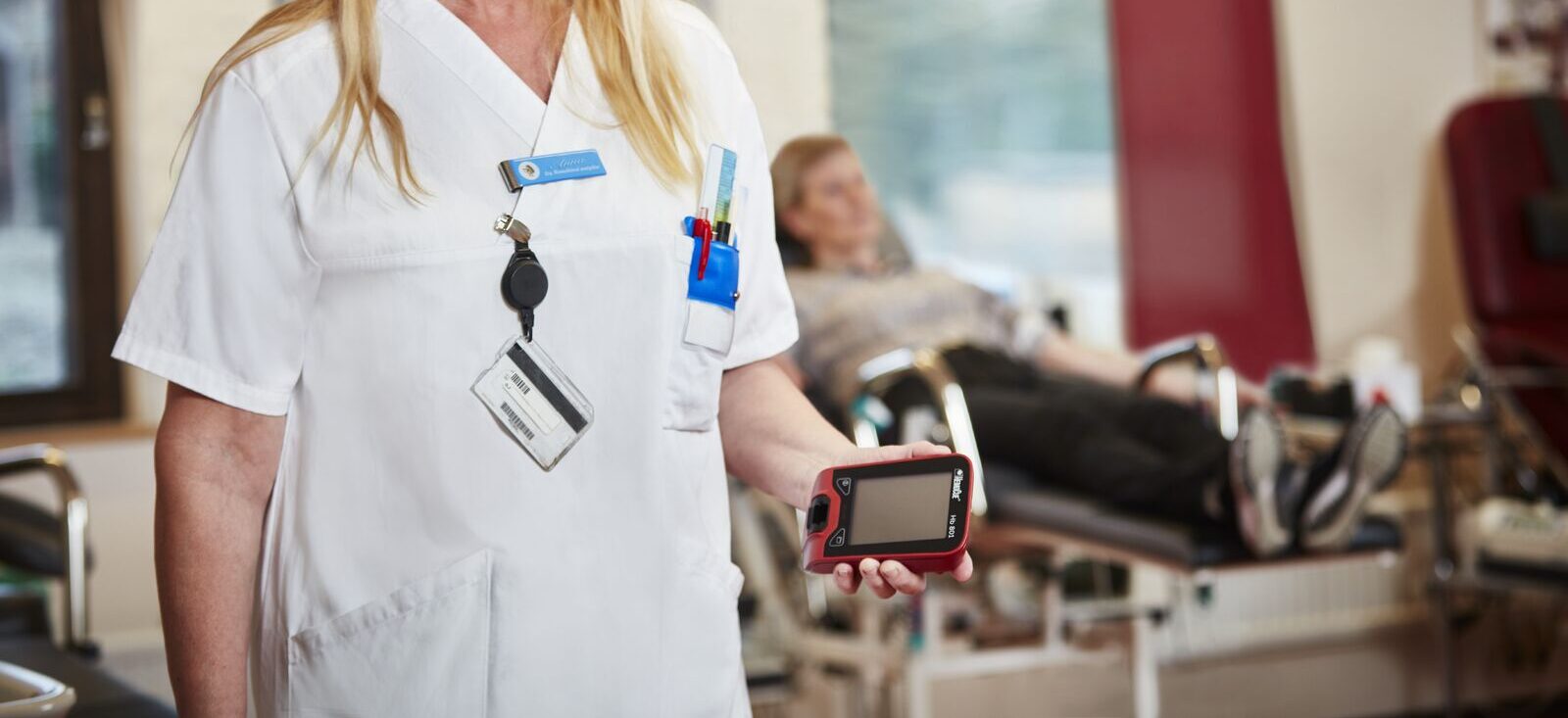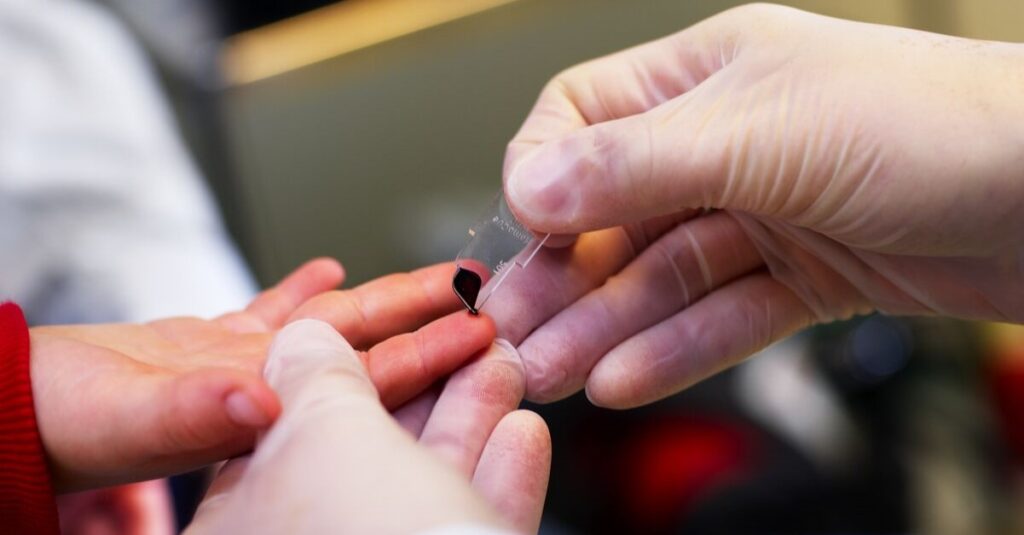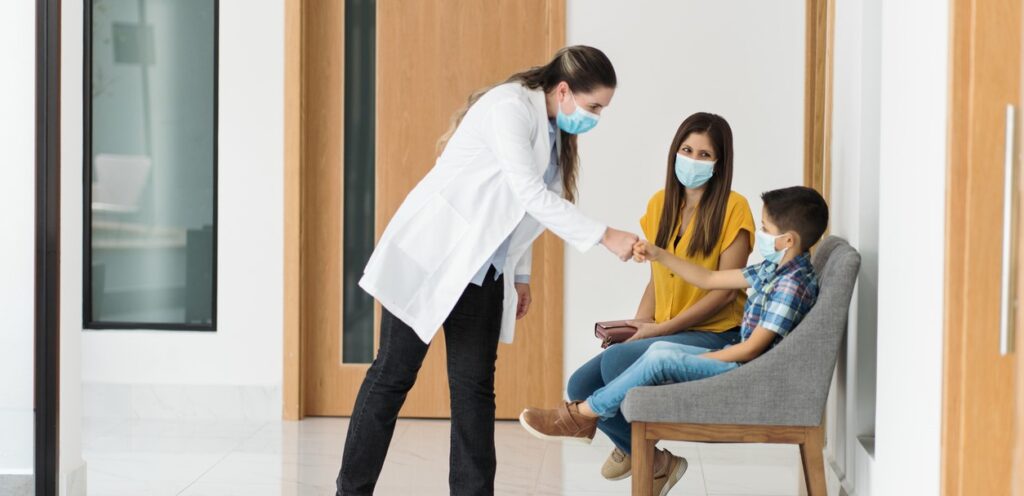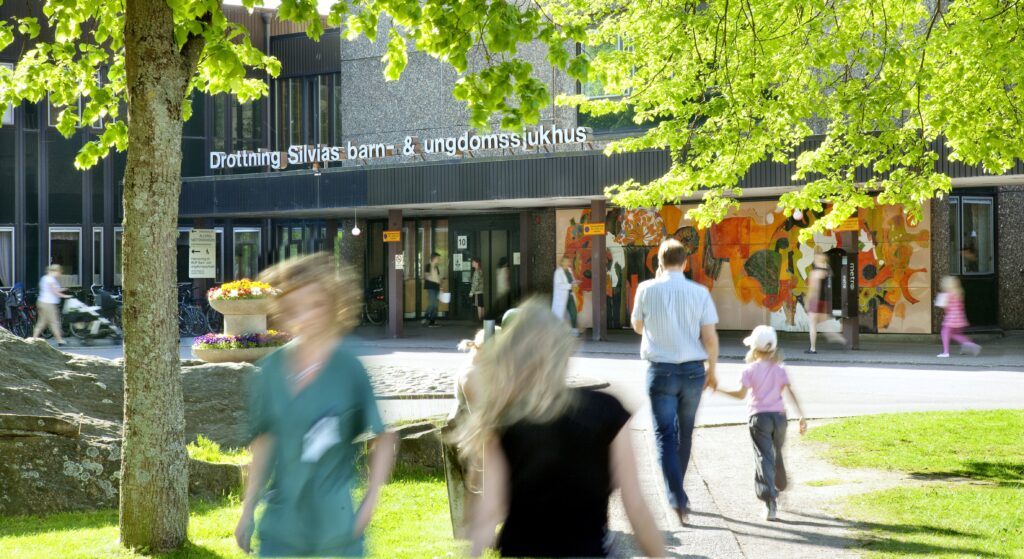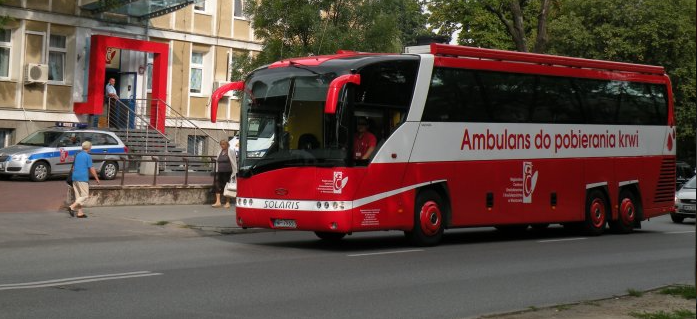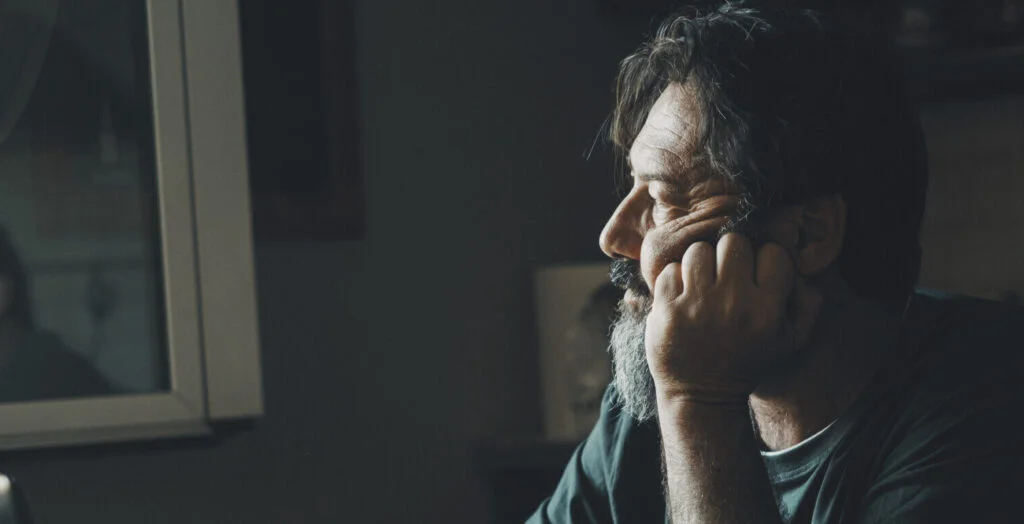Ulrika Greczula is responsible for blood collection throughout Halland County and works at the blood centers in Varberg, Falkenberg, and Halmstad. Today, Ulrika works at the blood center at the hospital in Varberg.
Blood Center in Southern Sweden
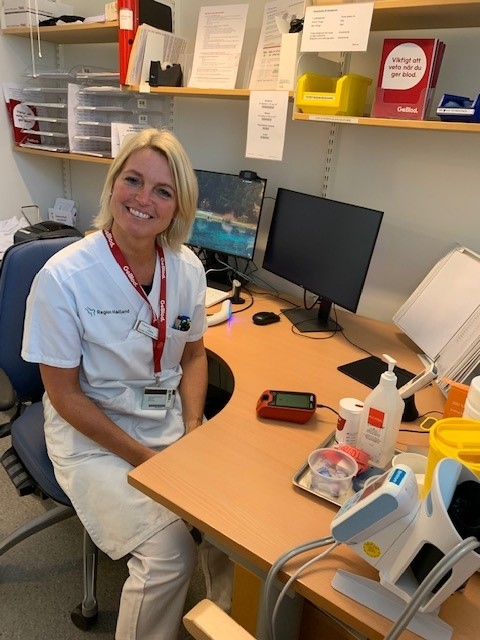
Tell us a little about your operations here in Halland.
We have blood donation drives in two locations per day in the county, and we have certain days dedicated to new blood donors. In Varberg and Falkenberg, we receive about 15–20 new registrations per week, and in Halmstad, we receive a few more as we have a bit more time for new registrations there, so it totals about 40 collections per week.
How do you manage blood donors today?
We have chosen to have separate days for new donors as they take a bit more time. We estimate half an hour per visit for a new registration, and for blood donation, we allow a quarter of an hour. We always test new blood donors. The first thing we do is look at their arms to see if they have good veins, and then we take a capillary Hb test. We have saved a lot of time since we started this because if their Hb is too low, we do not need to proceed and spend time on questions or tests, as it costs quite a bit to send and analyze our samples.
If the blood donor had low Hb at the previous donation, a capillary Hb is always taken at the next blood donation. If Hb is 125 g/L or more for women or 135 g/L or more for men, the blood donation proceeds. If they are below, there is an extended check where we look at Ferritin, iron, and TIBC. They also answer a few other questions related to their low Hb. For example, if during a new registration, I see that a girl has an Hb of 120 g/L, I tell her that it is completely normal, but that we have higher requirements for donating blood. If the value is lower, I can recommend that they see a doctor to be safe.
The good thing about taking an Hb test on the spot is that we get the result immediately, and I do not have to call them back. It saves me from making many calls, and we do not have to analyze unnecessary samples. This saves both time and money.
Ulrika Greczula
Blood Collection Manager
”It’s a no-brainer to have the HemoCue® Hb 801 System! Not only because it analyzes so quickly but also because of the durability of the cuvettes.”
What made you interested in the HemoCue® Hb 801 System?
I learned that there was a newer model that was supposed to be faster. I thought it would be fun to test it, and I was immediately impressed. Above all, it analyzes so quickly, and you get the result right away. The only thing I’ve noticed is that it’s important for the donor to have warm fingers. When taking the samples, it’s also important to wipe off the first three drops and to hold the cuvette properly so it fills up completely. You get the result extremely quickly; it feels like you barely have time to insert the cuvette before you have a result – it’s truly fantastic!


